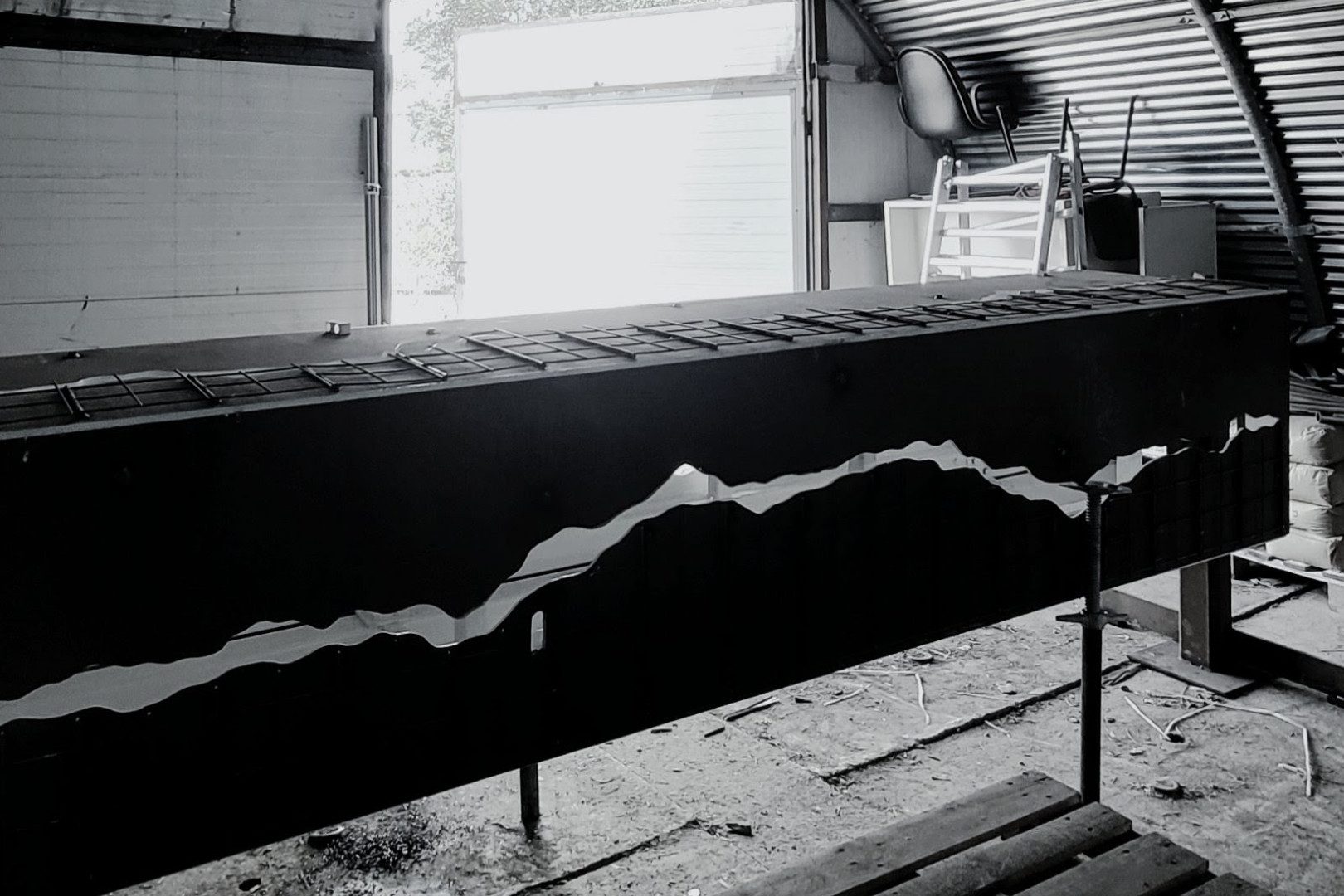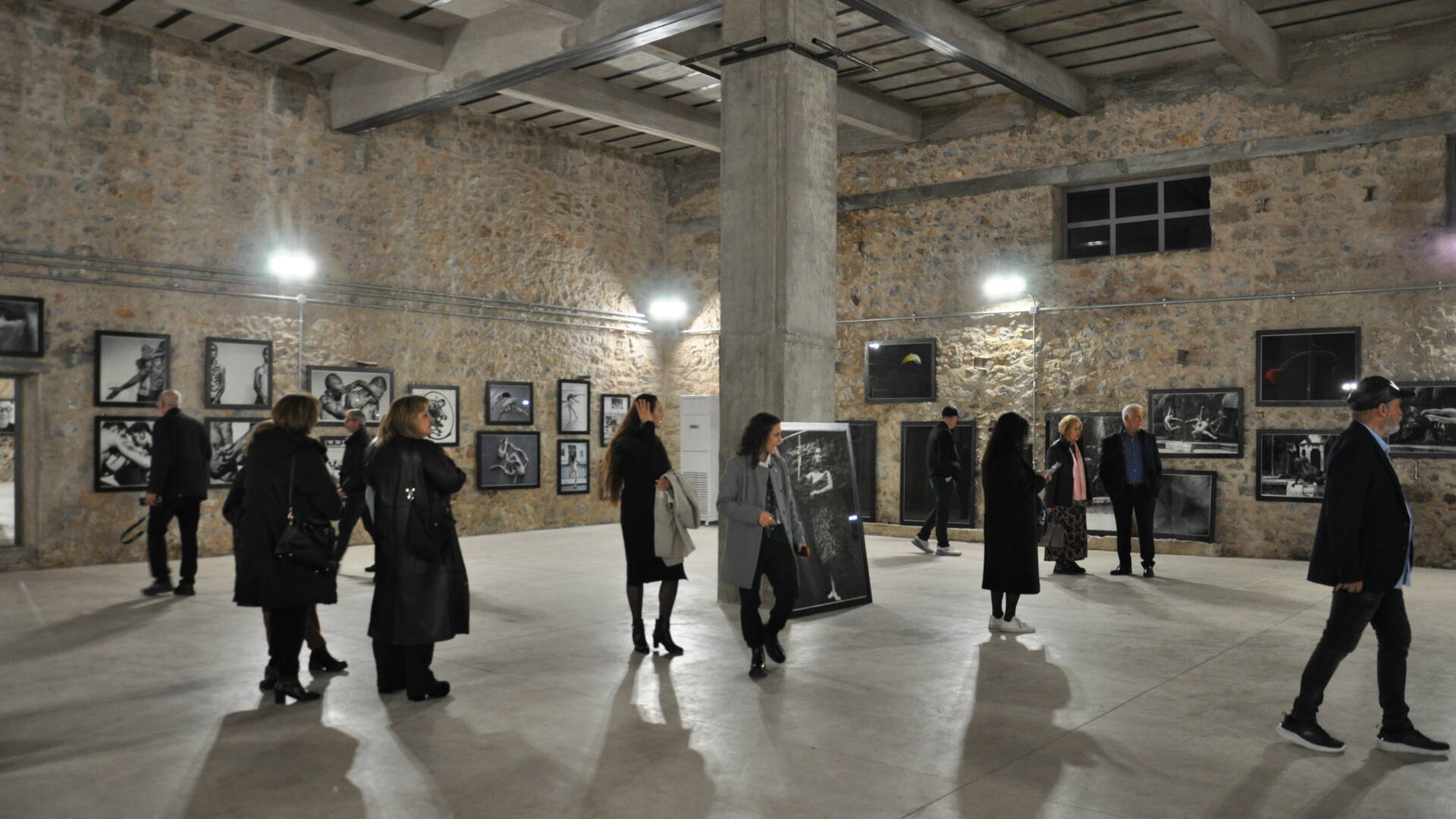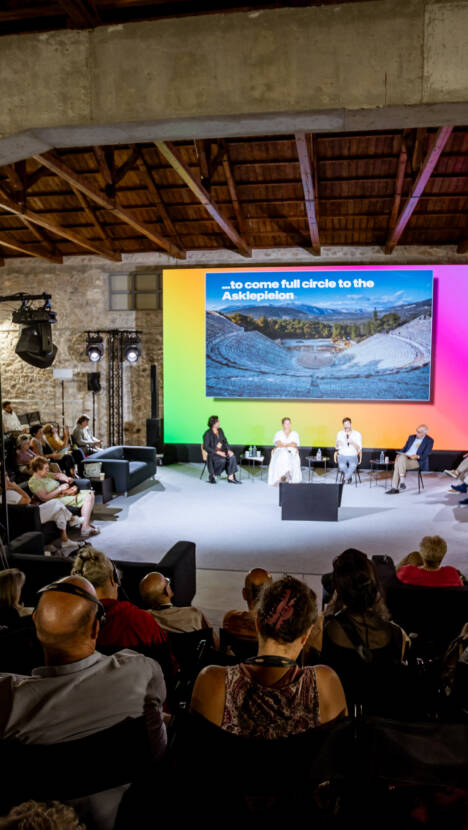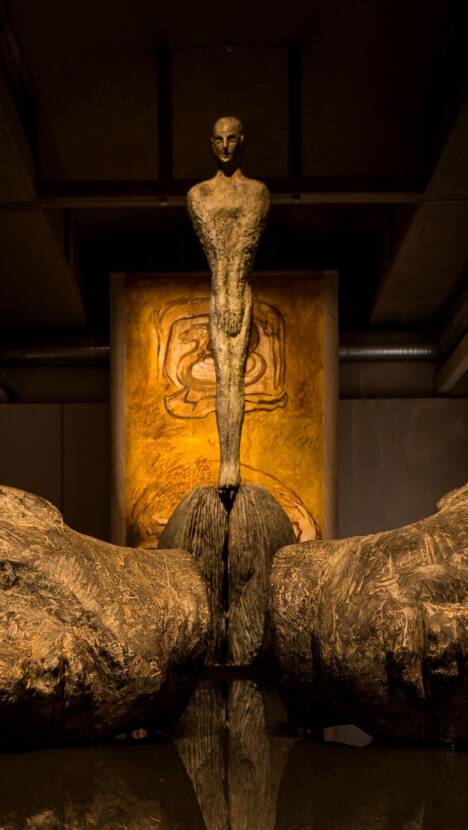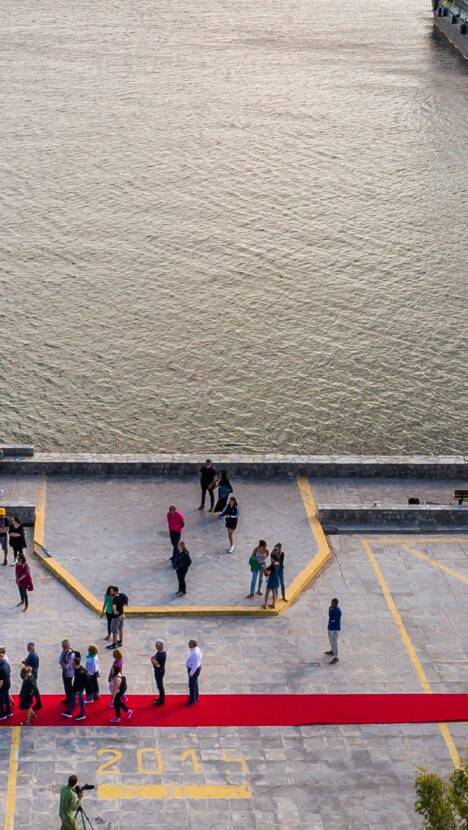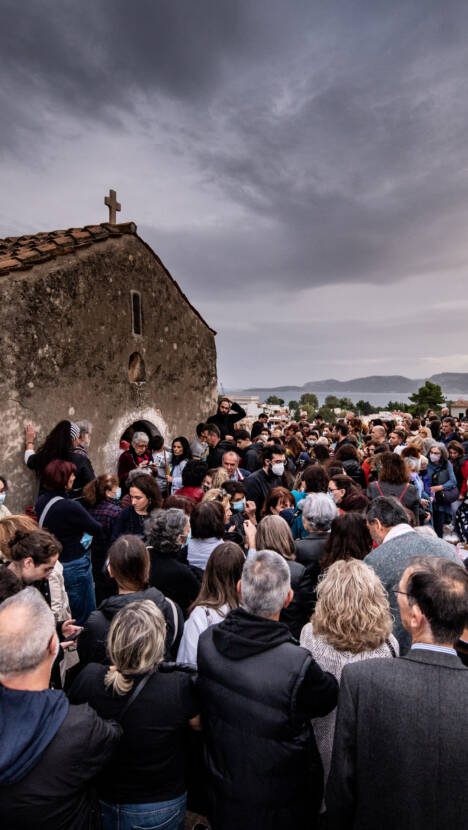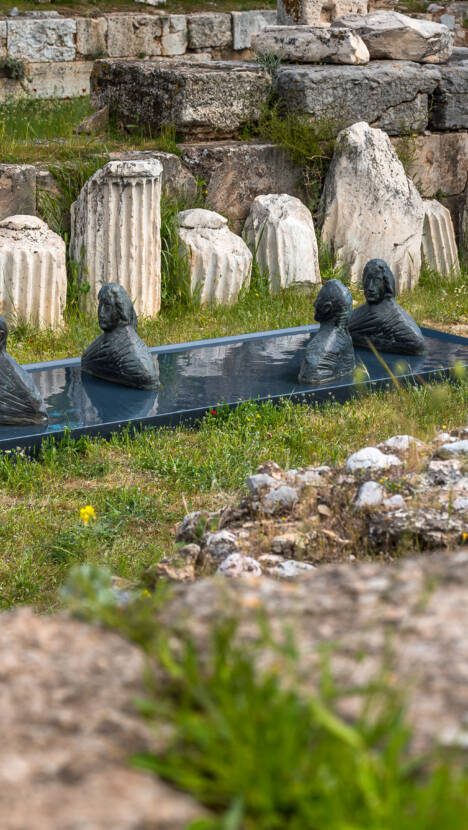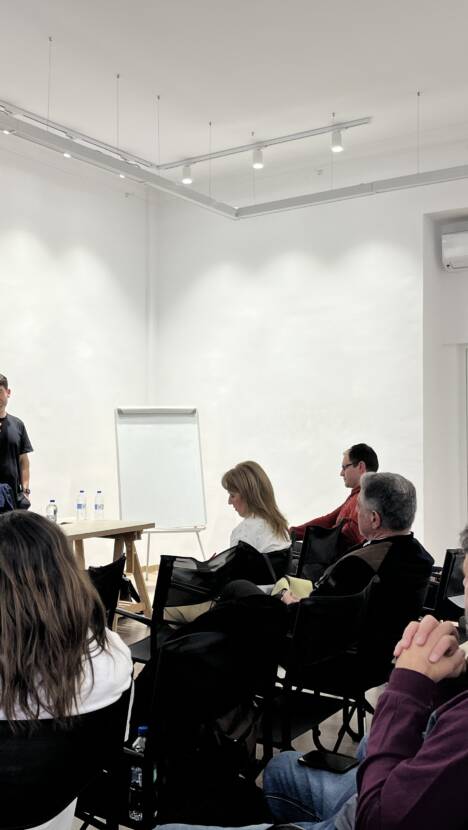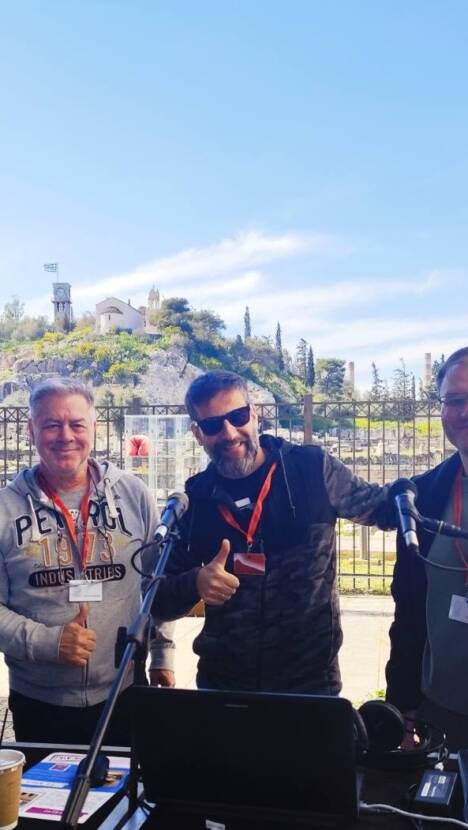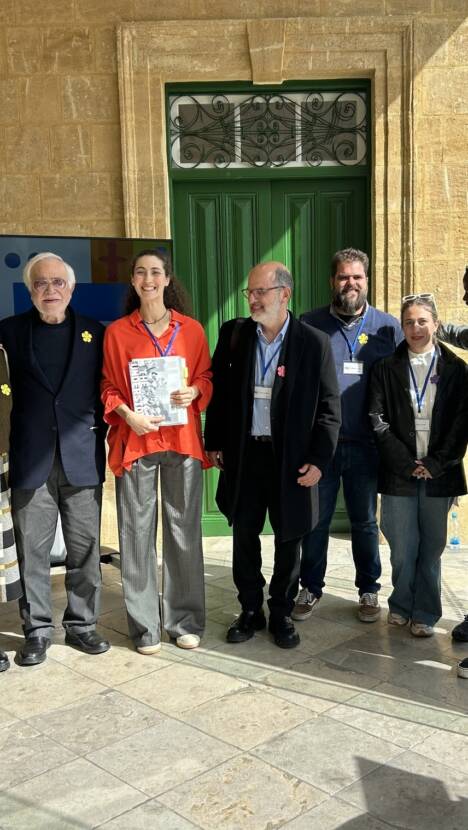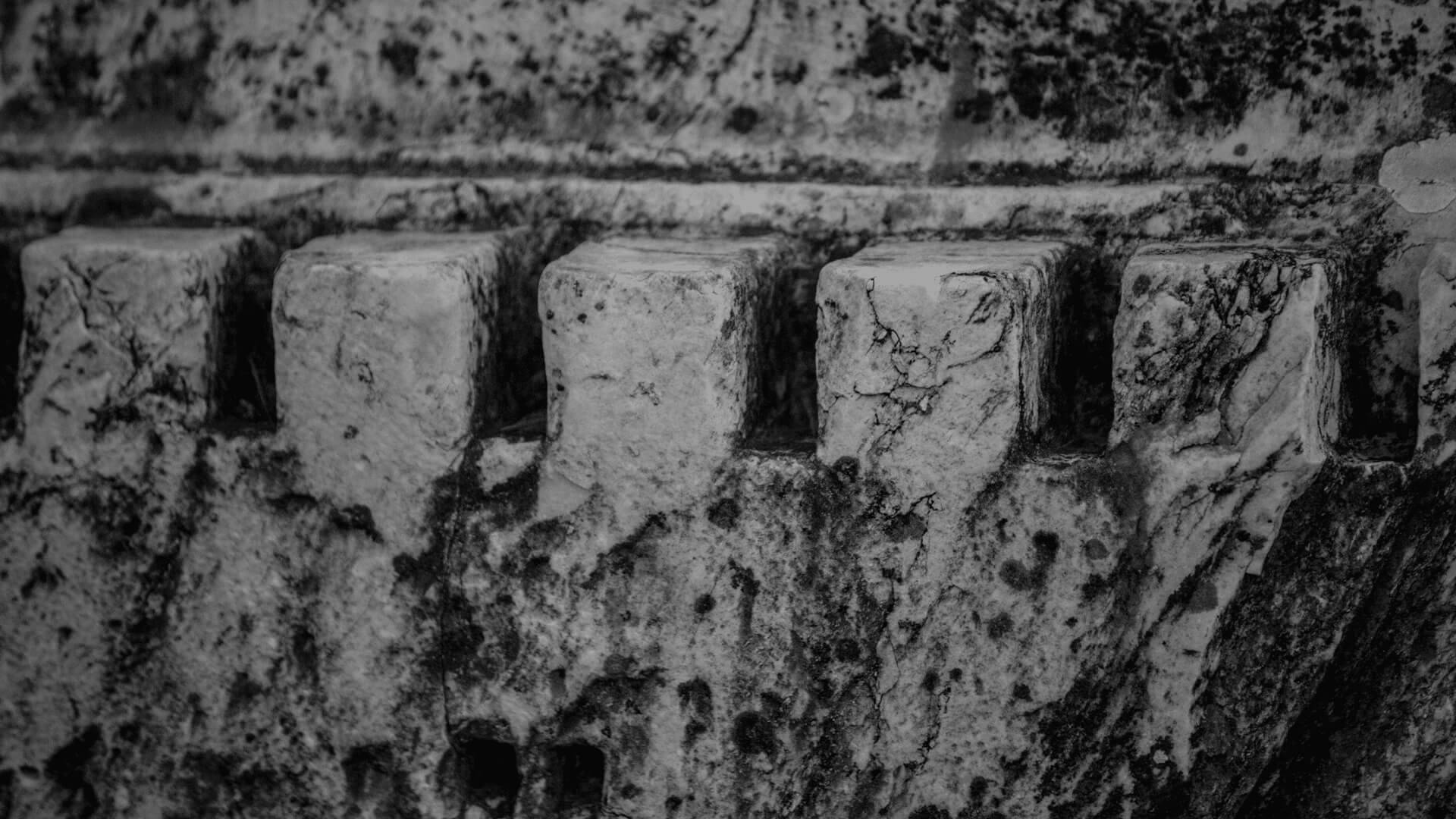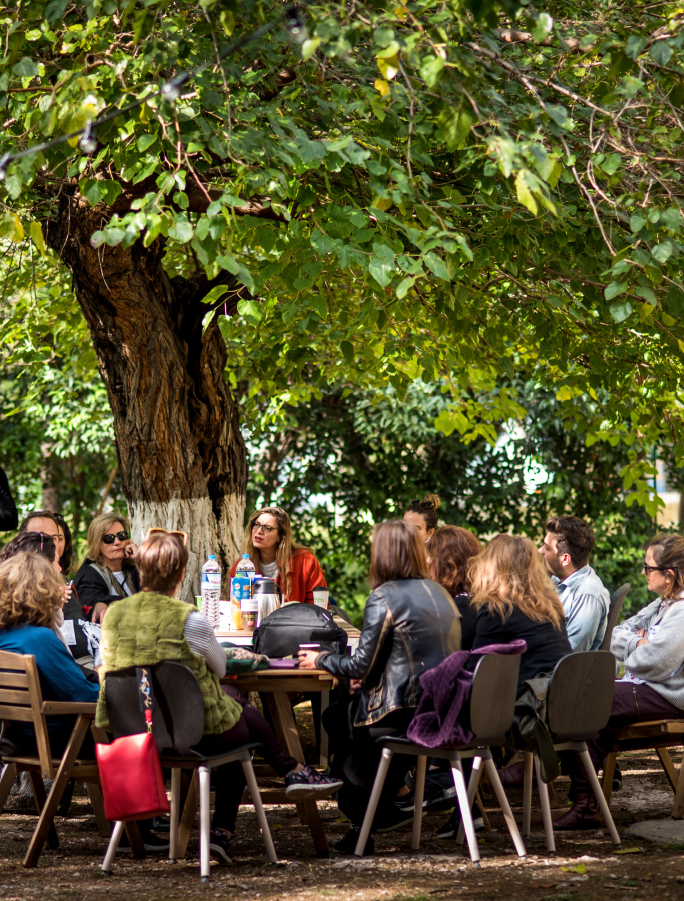Time
19:00
It is an interactive sculptural installation in the garden of OSE – Elefsina Old Railway Station, consisting of disparate and complementary materials, an allegory of the historical periods and populations of Elefsina – marble, concrete, metal, glass. Light and sounds are transmitted through the cross section, tracing the continuum of time. The slit of the work is a trace of rupture and trauma, but also an indication of new connections. It is the element interrupting the continuity of time and glimpsing the historicity of things. The crack allows heterogeneous elements to receive their justice.
The work is activated in its entirety by human presence and participation. It is accessible to people of all ages, regardless of nationality, cultural background, religion, and gender. The work and the artist seek an interactive, sensuous participation from the passing viewer. The closer the participant gets, the more vibrant the behavioural language of sound and light proves to be, pointing to intimacy as a necessary condition towards the ideal maturation and harmonious accord of human relations.
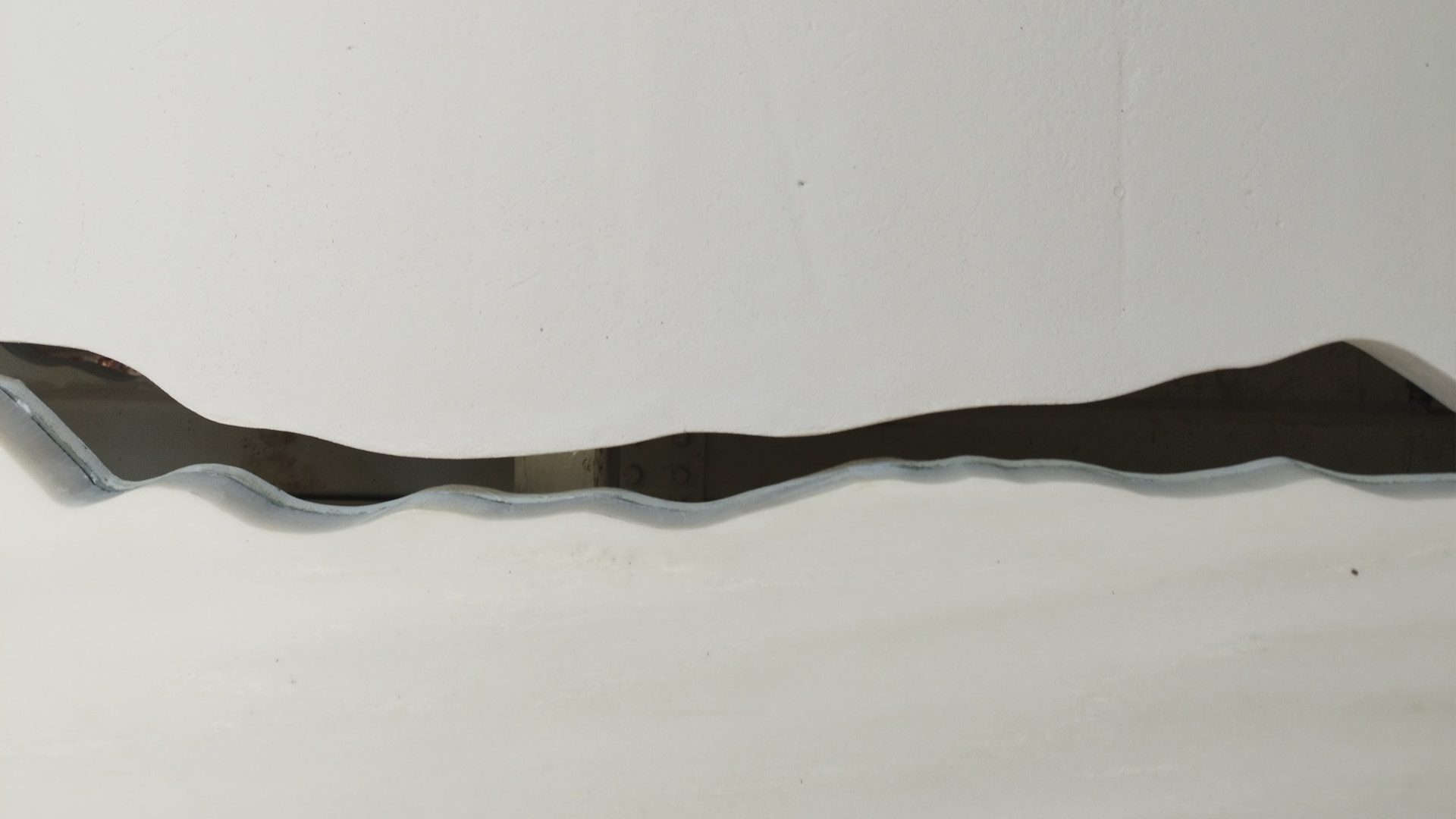
The central rift-like cross section aims to draw attention and stimulate reflection on the dual meaning of the crack, on the one hand as a trace of a rupture or trauma and, on the other hand, as an indication of a connection.
The crack marks the interruption of a historical continuity and simultaneously the conjoining of the disparate elements. It functions as the innermost feature of the interweaving of the heterogeneous. At the same time, it registers the breaking of the historical continuum, opening up to our gaze the horizon of the historicity of things and persons of a place. Heterogeneous historical realities are intertwined and, all of a sudden, communicate.
It is this crack that traces the locus for the emergence of illumination, fostering truth as openness, welcoming the Other.
The opening of the crack functions as a matrix for the manifestation of things in the ancient sense of the term, i.e. the issues that concern the citizens of a city.
This work is dedicated to the memory of Despina Geroulanou.
